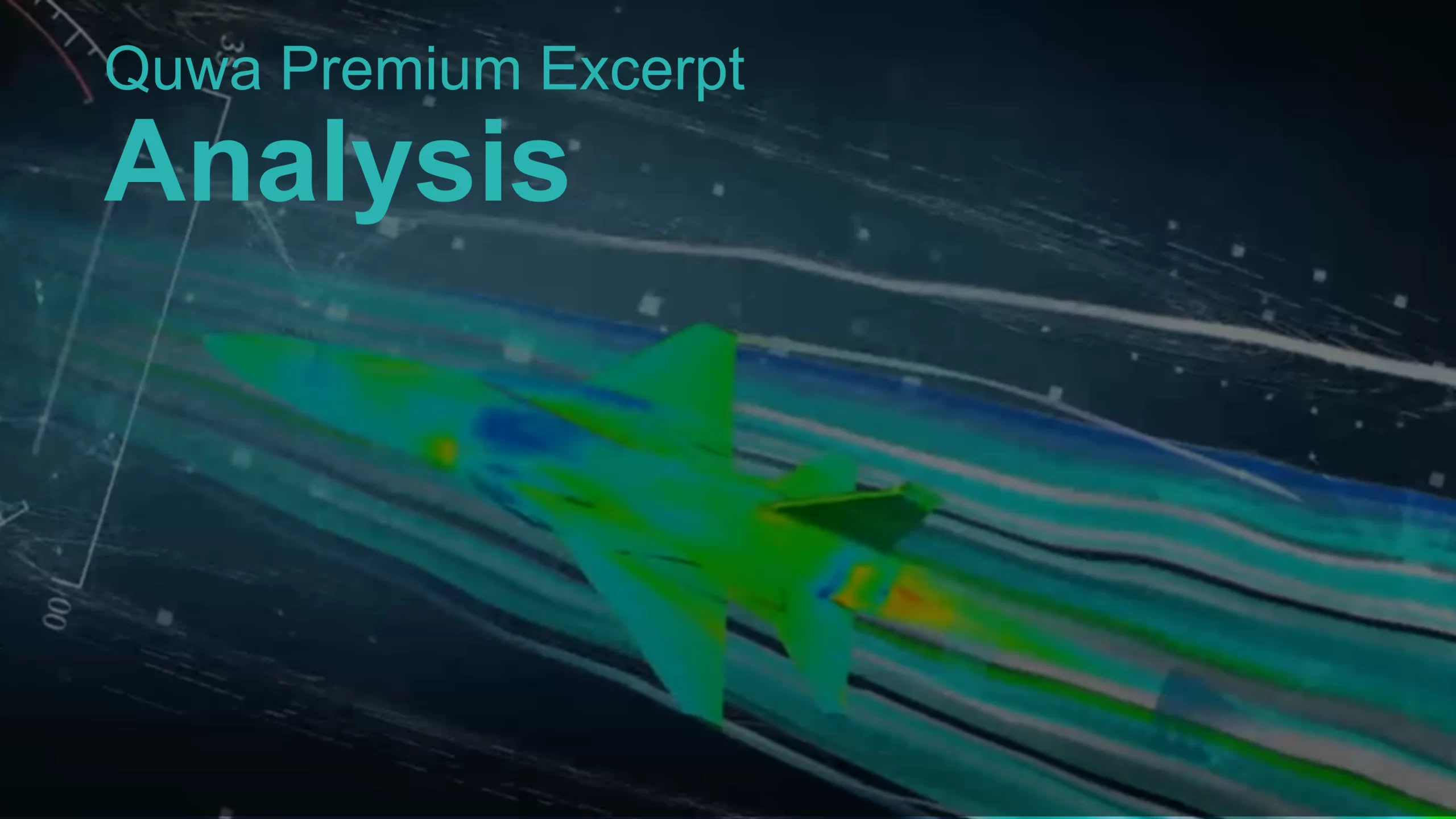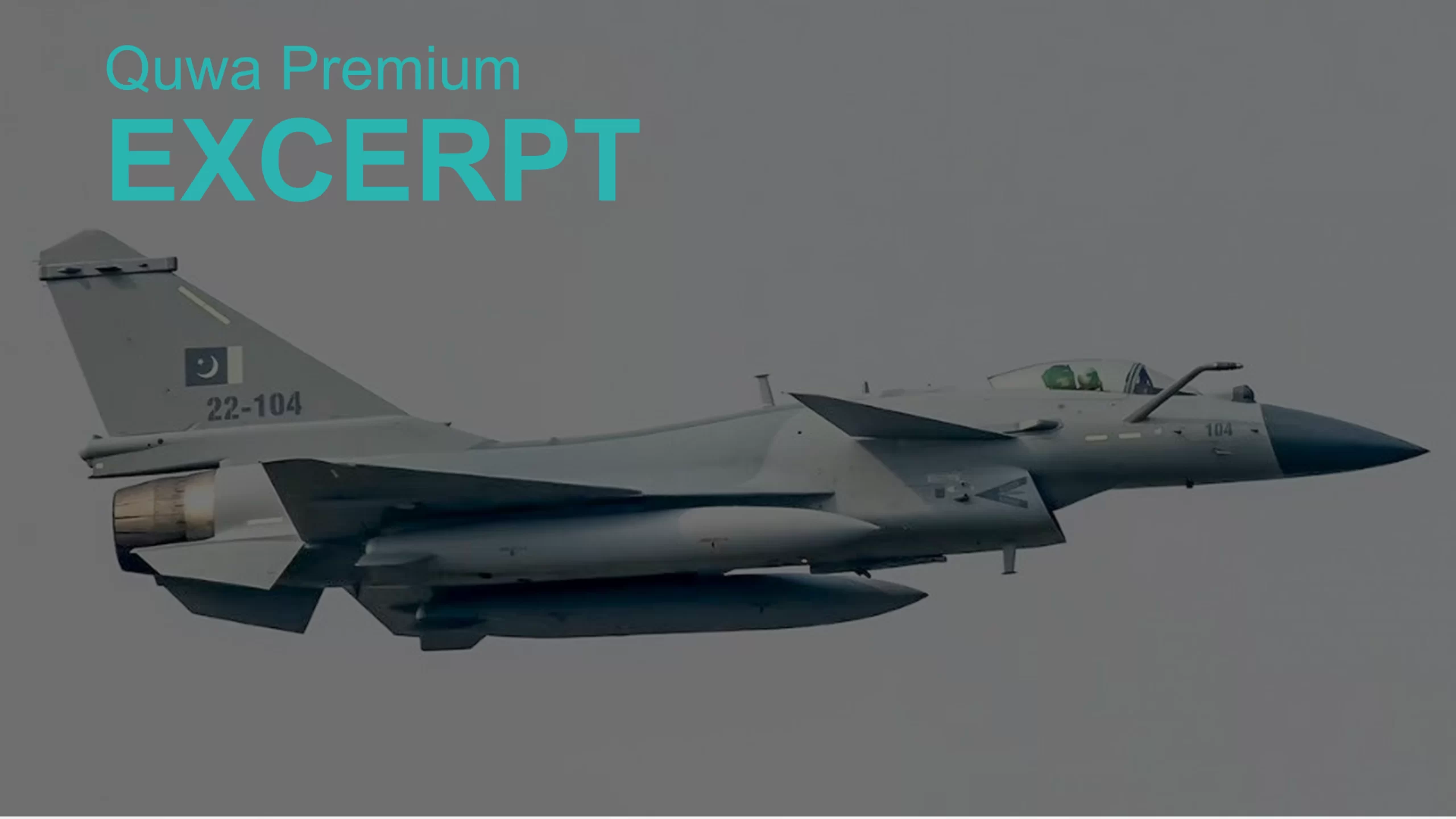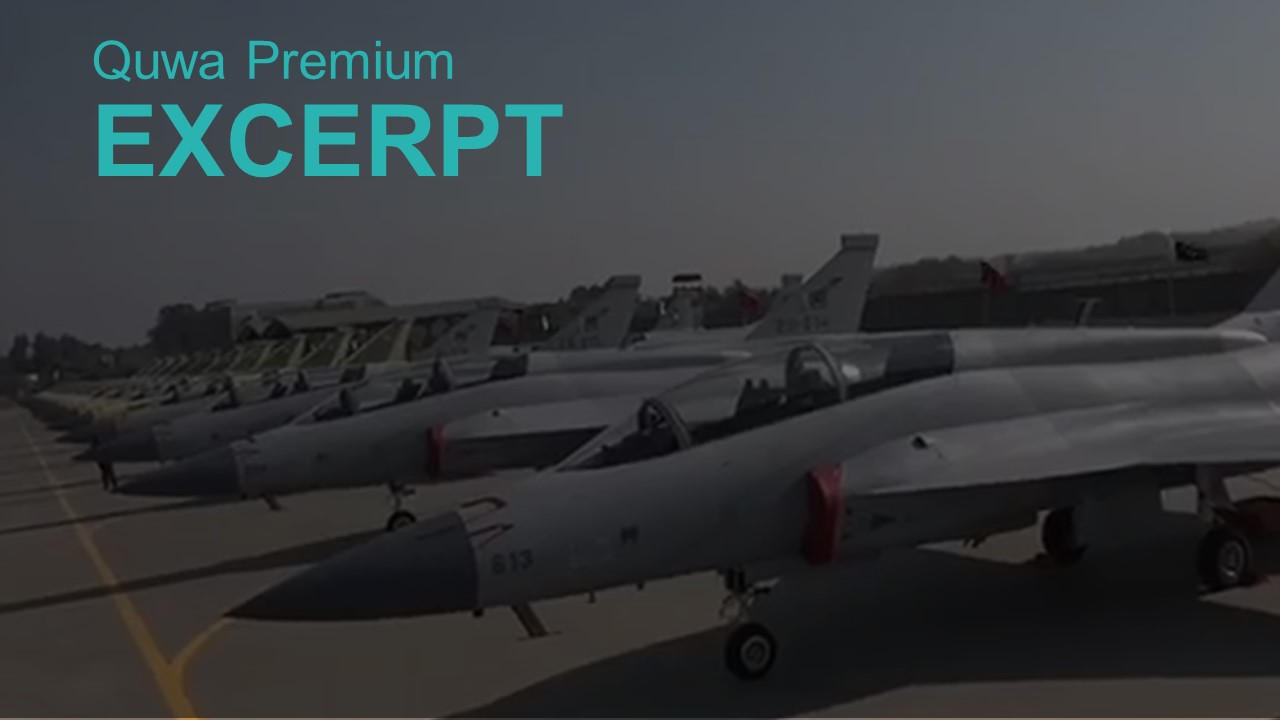4190Views

Pakistan Reveals ‘JF-17 PFX’ Program
Quwa Team
In a recent promotional video commemorating Operation Swift Retort, Pakistan’s retaliatory response to India’s airstrikes in Balakot, the Pakistan Air Force (PAF) revealed a new program in relation to the JF-17 Thunder, the “JF-17 PFX.”
The “PFX” seems to be an acronym for “Pakistan Fighter Experimental.” According to the PAF press release, the JF-17 PFX is part of the PAF’s wider long-term modernization strategy. But it is currently unclear what the JF-17 PFX program specifically entails.
However, the announcement of the JF-17 PFX confirms that the PAF does have a plan for the program once it completes the induction of the Block-III.
Next Steps for the JF-17?
The JF-17 Thunder is one of the workhorse multirole fighter aircraft of the PAF. Since inducting the fighter in 2010, the PAF acquired 50 Block-Is, 62 Block-IIs, 26 two-seat JF-17Bs, and is on track to adding 30 Block-III or JF-17Cs to its fleet. This is a total of 168 aircraft, which is in line with the PAF’s original plan to acquire between 150 and 200 units.
However, the PAF also invested in raising a production site at Pakistan Aeronautical Complex (PAC) for the JF-17. Under a workshare agreement with the Aviation Industry Corporation of China (AVIC), PAC manufactures 58% of the JF-17’s airframe, specifically the front fuselage, vertical stabilizer, and wings. The remaining 42% is imported from AVIC, but fully assembled at PAC. PAC is also carrying out the maintenance, repair, and overhaul (MRO) of the Thunder.
Being a major overhead, the PAF had expected that the JF-17 would generate overseas orders as well. But aside from modest purchases from Nigeria and Myanmar, the JF-17 did not dent the global fighter market as much the PAF hoped. Moreover, with the PAF also non-committal to acquiring additional aircraft (at least for now), PAC could be at risk of going dormant and, in turn, AVIC may consider permanently winding down JF-17 production on its end.
In commercial terms, the JF-17 did not generate return-on-investment (ROI) the PAF sought when it originally signed onto the program. However, from an operational perspective, the JF-17 has been a valuable asset, giving the PAF a go-to fighter solution that it can afford and use to induct new technologies, such as active electronically scanned array (AESA) radars, to its fleet at scale, especially when it cannot afford importing a new fighter type.
Though the PAF inducted the Chengdu J-10CE and is planning to acquire the Shenyang J-31, these big-ticket programs will always be at risk of falling through or slowing due to Pakistan’s perennially troubling economic conditions. Thus, the need for the JF-17 – or a similar fighter in the next generation – will remain; the PAF needs a go-to solution it can afford to phase out its older fighters while also introducing new air warfare technologies as they emerge.
What is the JF-17 PFX?
The airframe life of the JF-17 is reportedly 3,000 hours.[1] If the PAF flies each fighter for 150 to 200 hours per year, then the JF-17 would have a lifespan of 15 to 20 years. The first Block-Is will reach 20 years of age in 2030 and, potentially, reach the end of their lifecycles.
This situation leaves the PAF with two potential options: First, it could opt to entirely replace the Block-Is with new-built fighters. Second, it could design a comprehensive upgrade path for the Block-I comprising of new-built aerostructures, thus extending its lifespan.
If not for funding constraints, one could see the PAF acquire large numbers of J-10CE and/or J-31 to replace the Block-Is. However, given Pakistan’s longstanding economic issues, this is unlikely, especially given how the JF-17 comprises of the bulk of the PAF’s multirole fighter fleet. It is unlikely that larger aircraft – especially twin-engine platforms like the J-31 – would feasibly replace the JF-17. Thus, the solution to aging JF-17s will involve JF-17s…
[1] Tomislav Mesaric. “Pride of Pakistan”. Air International. December 2013. p.47.
End of Excerpt (638/1,306 words)
You can read the complete article by logging in (click here) or subscribing to Quwa Premium (click here).
For More Pakistan Air Force News and Analysis, See:


